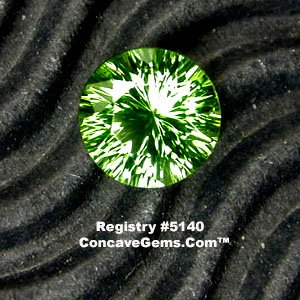MINE!!
Ideal_Rock
- Joined
- Feb 25, 2005
- Messages
- 3,287
I am looking at a green tourlamine by Richard Homer. I am pretty much having dreams about it...LOL.. I think that I have become addicted to gemstones. Can anyone give me any info about them? Care? What color gold would they look best with. Could it hold up to every day wear and tear ETC.
Thanks again everyone!
Thanks again everyone!










300x240.png)